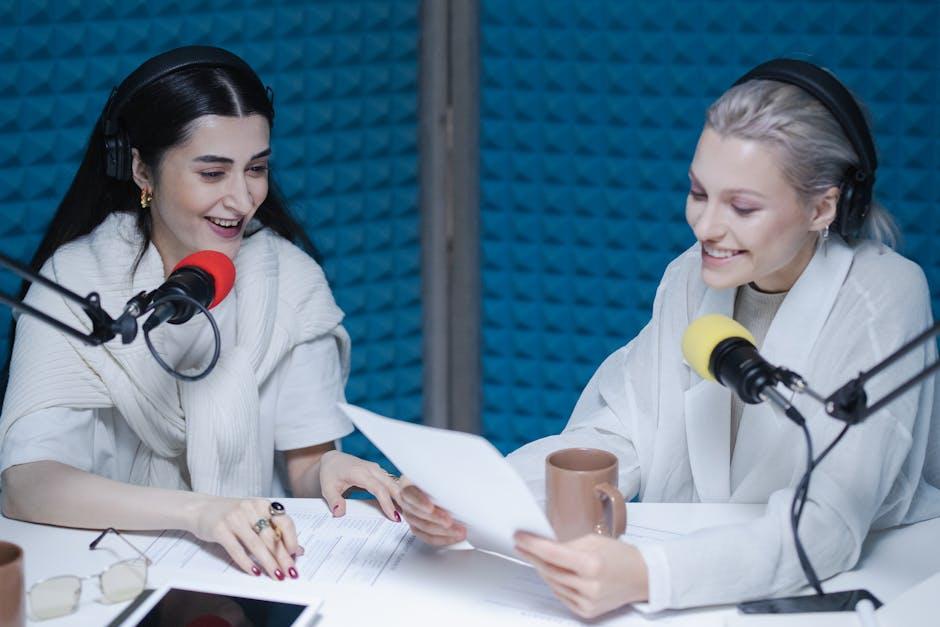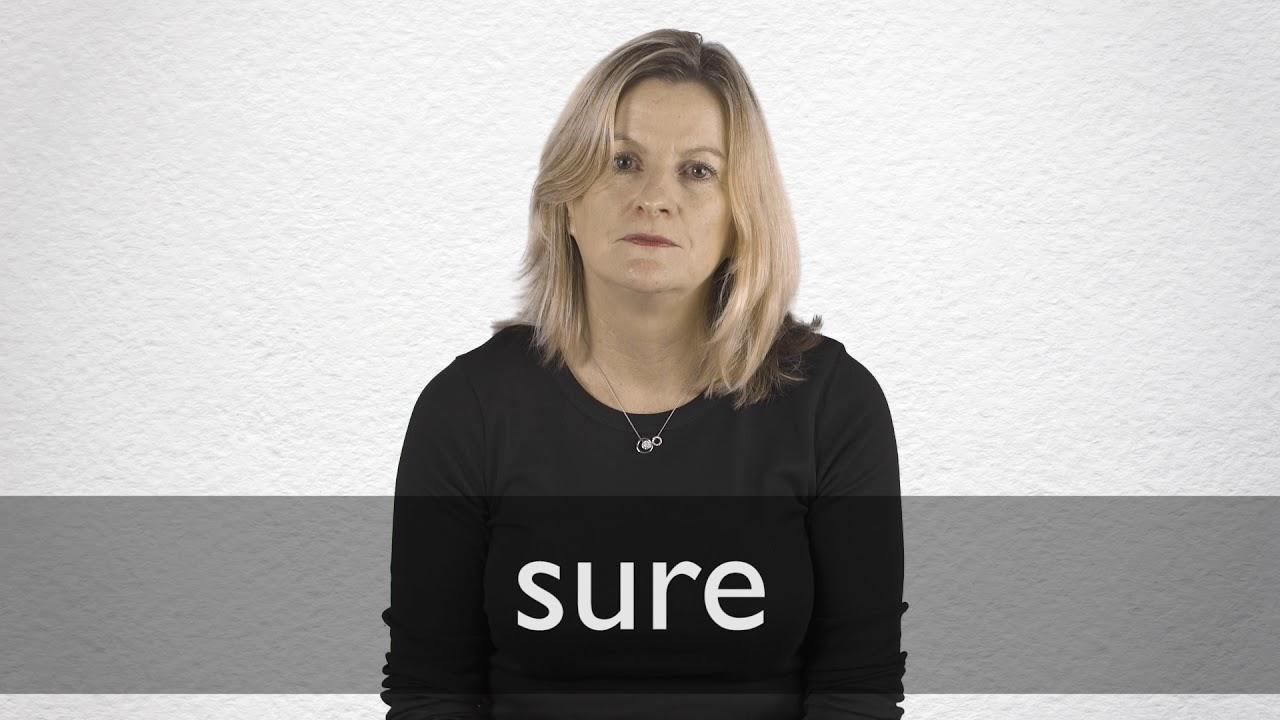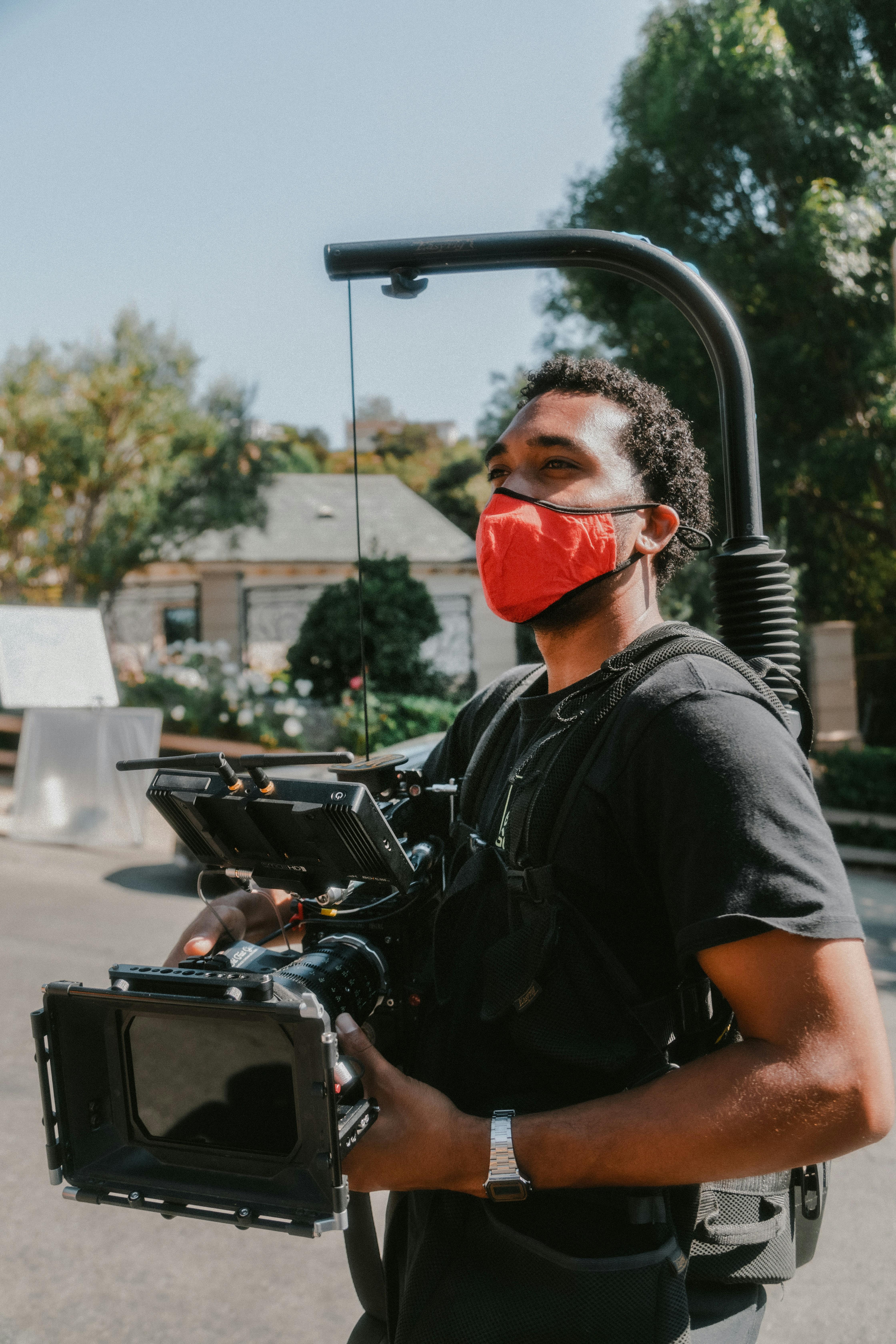In the captivating world of filmmaking, where stories leap from the page to the screen, a symphony of collaboration unfolds. At the heart of this creative orchestra are the writers, directors, and actors, each bringing their unique artistry to the table. The writer crafts the narrative, the director envisions its journey, and the actors breathe life into characters, transforming words into emotion. Together, they weave a tapestry of imagination, turning individual talents into a harmonious cinematic experience. This article delves into the intricate dance of collaboration that fuels the magic of film, exploring how these creative forces unite to captivate audiences worldwide.
Harmonizing Creative Visions: The Art of Collaborative Storytelling
In the intricate tapestry of filmmaking, the synergy between writers, directors, and actors is a dance of creativity and collaboration. Each role brings a unique perspective to the storytelling process, weaving together diverse elements to create a cohesive narrative. Writers lay the foundation, crafting scripts that serve as the blueprint for the film. They shape characters and plotlines, setting the stage for directors and actors to breathe life into their words.
Directors act as the visionaries, interpreting the script and guiding the artistic and technical elements to align with their creative vision. They work closely with actors, encouraging performances that resonate with authenticity and depth. Actors, in turn, embody the characters, bringing emotional nuance and dynamism to the narrative. This collaborative effort is essential in creating a film that is both engaging and impactful. Together, they ensure that:
– The story’s essence is preserved and enhanced.
– Characters are portrayed with depth and complexity.
– The audience is transported into a world that feels both real and imaginative.
Through this harmonious collaboration, the film becomes a living, breathing entity, captivating audiences and leaving a lasting impression.
From Script to Screen: Navigating the Director-Writer Dynamic
The journey from script to screen is a complex tapestry woven through the collaborative efforts of writers, directors, and actors. At its heart lies the delicate balance between the director’s vision and the writer’s narrative. Directors often reinterpret the script, transforming written words into visual storytelling, while ensuring the essence of the writer’s message remains intact. This process involves a continuous dialogue, where each party must be open to adaptation and innovation.
- Creative Synergy: Writers provide the blueprint, directors craft the vision, and actors breathe life into characters.
- Flexibility and Trust: Successful projects thrive on mutual respect and a shared commitment to the story.
- Dynamic Interpretation: Directors may adjust scenes, encouraging writers to explore new angles and actors to delve deeper into their roles.
Ultimately, the director-writer dynamic is a dance of creativity and compromise, where the goal is to create a cohesive and compelling narrative that resonates with audiences. This collaborative spirit not only enriches the film but also fosters an environment where artistic expression can flourish.

Actors as Co-Creators: Breathing Life into Characters
In the intricate dance of filmmaking, actors play a pivotal role in shaping the essence of a story. They are not mere vessels delivering lines; they are co-creators who breathe life into characters, transforming written words into vibrant, living personas. Through a deep understanding of the script and a collaborative spirit, actors offer unique insights that can elevate a character beyond its original conception.
- Emotional Depth: Actors bring their own experiences and emotions, adding layers of complexity that may not be evident on the page.
- Character Development: By working closely with writers and directors, actors can suggest nuances or backstory elements that enrich the narrative.
- Improvisation: On set, spontaneous moments can lead to unexpected but authentic expressions, often resulting in memorable scenes.
Through this collaborative synergy, actors become vital contributors to the creative process, ensuring that characters resonate with authenticity and depth.

Cultivating a Collaborative Culture: Best Practices for Success
In the dynamic world of filmmaking, fostering a culture of collaboration is essential for crafting compelling narratives and memorable performances. Writers, directors, and actors must work in harmony, each bringing their unique perspective and expertise to the table. This synergy can be cultivated through several best practices:
- Open Communication: Encourage regular dialogue among all parties to ensure that everyone’s vision is aligned. Use tools like shared scripts and storyboards to keep the team informed.
- Mutual Respect: Acknowledge and appreciate the distinct contributions of each team member. This respect builds trust and encourages creativity.
- Collaborative Workshops: Host sessions where writers, directors, and actors can experiment with scenes and characters. This hands-on approach allows for real-time feedback and innovation.
By prioritizing these practices, filmmakers can create an environment where creativity flourishes, leading to projects that resonate deeply with audiences.

